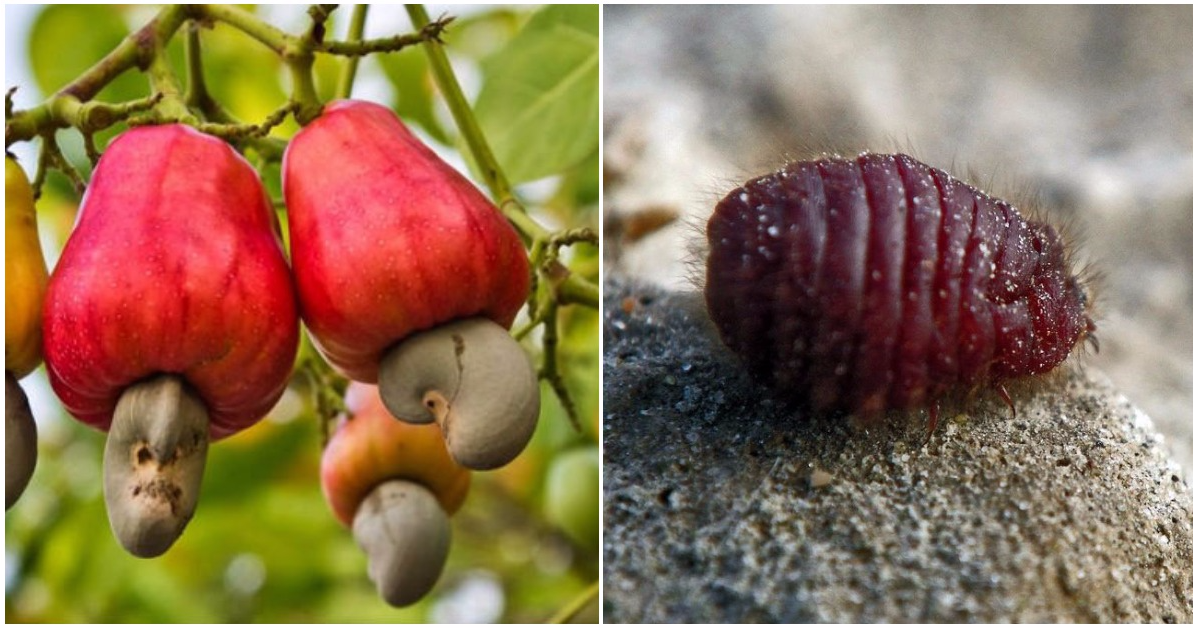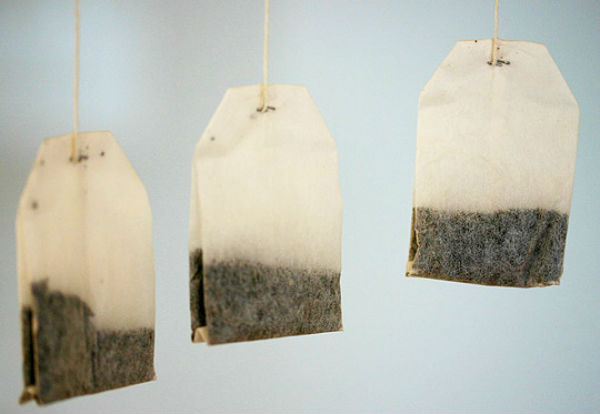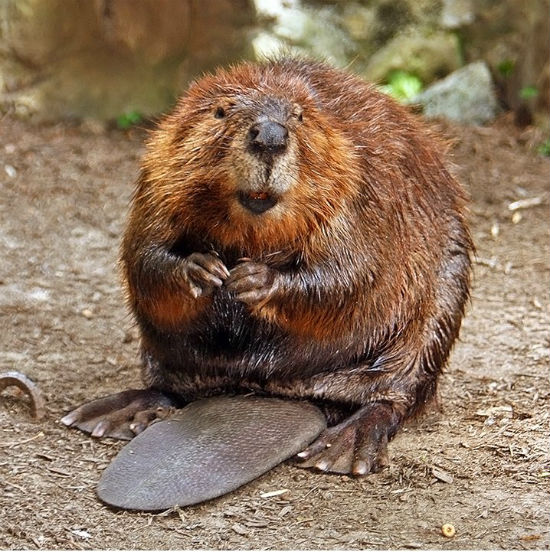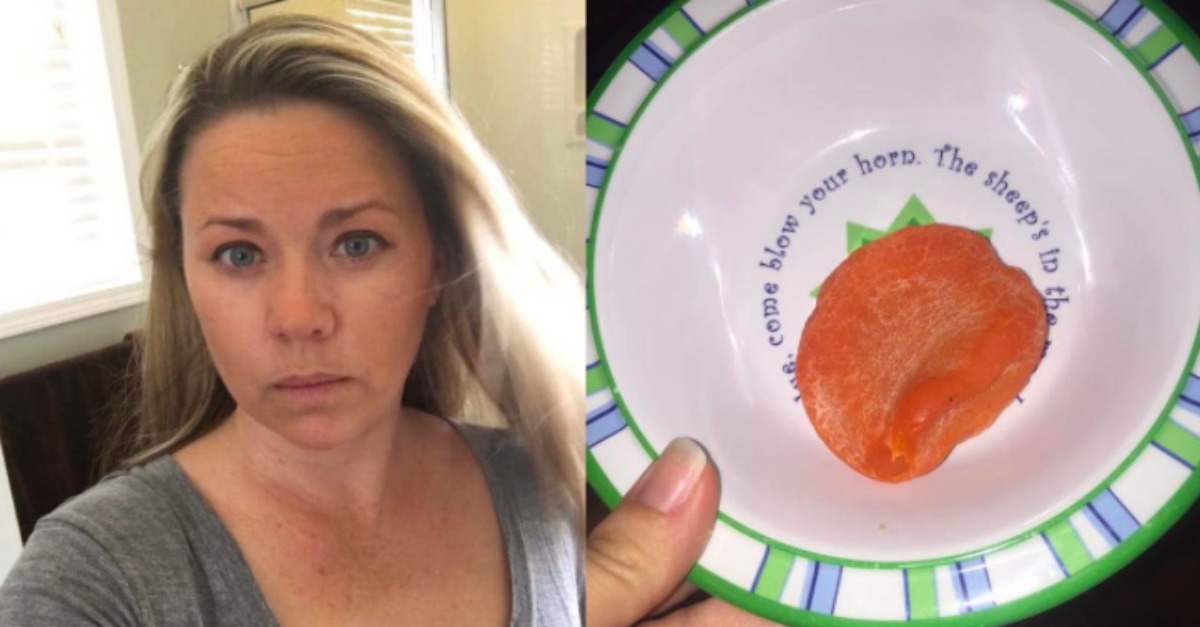They say that you can never truly know somebody, and that's probably true. But you would hope that the food in your kitchen was a little more dependable.
It turns out that some of America's most popular foods are hiding bizarre secrets. Here are 21 foods you'll never look at the same way:
1. Bananas are clones
Ever notice that banana candies don't taste like the real thing? That's because the banana "flavor" is based on the taste of a Gros Michel banana. Those went extinct in the 1950s, and the gold standard for bananas switched to the Cavendish.
Cavendish bananas have been bred over decades to become clones of each other, with every single banana sharing the exact same genetic material. That's part of their a-peel: there's no seeds in a cloned Cavendish.
2. Every fig contains a wasp
Figs have a very special relationship with these bugs. Every variety of fig is pollinated by a different species of wasp. When the female wasp flies into the fig, they lose their wings and become trapped.

Of course, enzymes inside the fig dissolve the bug before you eat it, but does that make it any less disgusting?
3. Mountain Dew is mainly orange juice
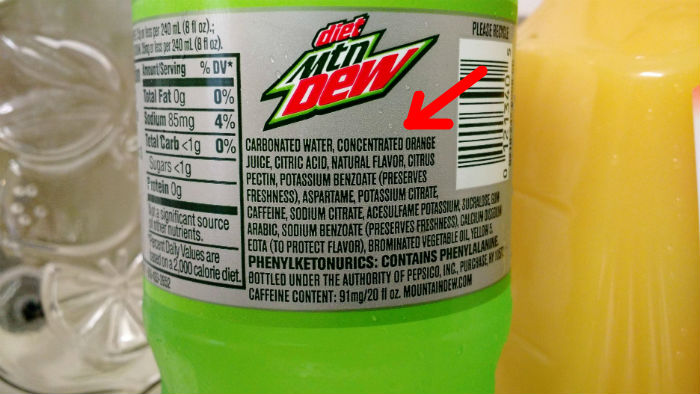
Yes, really. The third ingredient on most bottles of Dew is concentrated orange juice. But no, that doesn't mean it's a healthy part of a balanced breakfast.
4. Tea bags are not meant to be dunked
Well, today's modern ones are designed to be dipped in water, but that wasn't the original idea. When Thomas Sullivan started making them in 1908, they were meant to be free samples of loose tea. But his customers found it was easier to dip the whole bag in water instead.
5. Lots of foods contain beaver butt
You should be warned what "castoreum" means, in case you notice it on any ingredient lists. This substance is processed from the anal glands of beavers, and used as a vanilla substitute in lots of processed foods.
In the wild, beavers mix castoreum and urine to mark their territory.
6. Look out for "natural food coloring"
While food makers still use all kinds of natural products to make food dye, the key ingredient for the red color is a little gross.
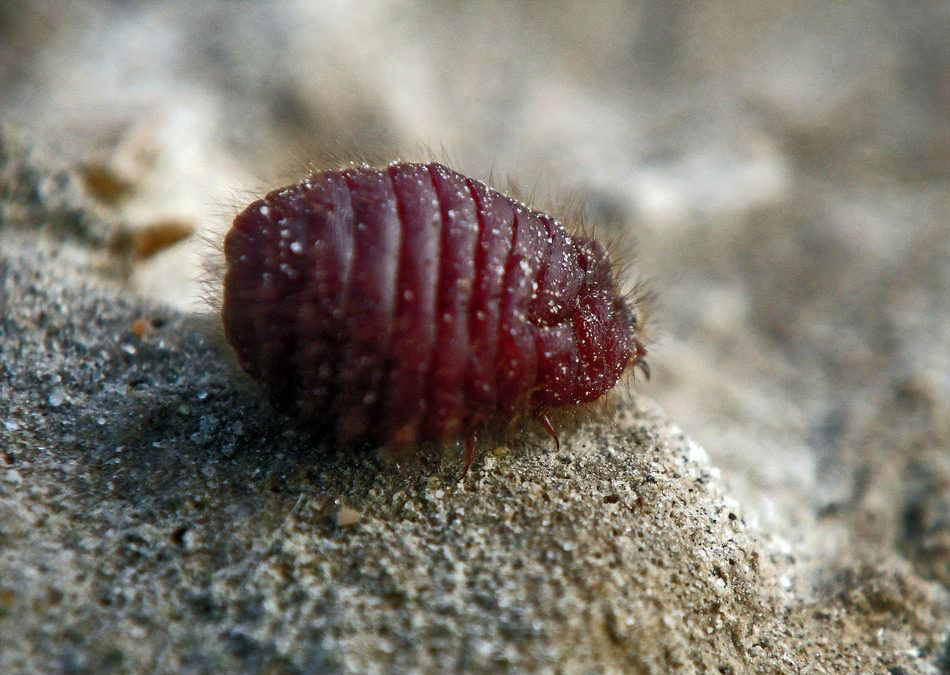
Carmine, or dried and ground up cochineal beetles, have been used to make red dyes for thousands of years. They're still found in all kinds of foods, including Skittles.
7. What's in wax?
Another food fact you'd probably rather not learn: what do they make gummy candies out of? It's carnauba wax, the same stuff that they use to give your car a good shine.

Both varieties of the product are made from the leaves of the carbauba palm tree, which grows in Brazil. It's also used to make floor polish, shoe polish, cosmetics, and medicinal tablets.
8. "Acceptable" levels of insect parts
If you asked me what the "acceptable level" of bugs or rodent hair in my food was, I would say none. But I guess the FDA doesn't have my high standards.
The organization has outlined the levels of food contamination that they're take action over, and they're pretty relaxed. In chocolate, for example, less than 60 insect fragments in 100 grams of chocolate is okay. Yuck!
9. Hawaiian pizza was invented in Canada
Does this count as false advertising? Whether you love it or hate it, Sam Panopoulos from Chatham, Ontario is responsible for this popular pizza variety. (He passed away earlier this year, so go easy on it with all the complaints about pineapple on your pizza.)
10. Strawberries aren't berries
They're really fruit, and so are raspberries. Berries come from a single "flower" with more than one "ovary," which is why they grow in bunches. That means strawberries, which grow individually with multiple seeds (on the outside) are fruits.
Meanwhile, bananas are berries. Maybe. They certainly fit the bill because they bloom in bunches, but the banana "tree" is made of tightly woven leaves. Some people think that makes bananas herbs. Lets just keep things simple and call everything a fruit. Okay?
11. Raw cashews are toxic
Don't panic. You can snack on the "raw" cashews you buy at the grocery store, because they're not really raw. The cashew nut is seperated from the toxic shell, heated, and processed before it gets to you.
It turns out lots of common foods look totally bizarre before they're picked.
12. Ranch dressing uses titanium dioxide to look whiter
That's the same ingredient that gives sunscreen its bright, white color. Tasty!
13. Pringles aren't really potato chips

The popular snack are only about 40% potato flour, and the rest is made from corn, wheat, and rice. But despite that, Pringles lost a legal case in Britain when they tried to avoid being labeled "potato chips" for tax reasons.
14. Vinegar melts pearls
Let's break this one down: a pearl is made from calcium carbonate, and vinegar is an acetic acid. When mixed together, they create calcium acetate and water. Basically, you can watch the pearl dissolve before your eyes because of the chemical reaction.
15. Lots of different vegetables are basically broccoli
Wild mustard, or bassica oleracea, has been bred for hundreds of years into very different vegetables. Brussels sprouts, broccoli, cauliflower, cabbage, kale, and kohlrabi are all different forms of the same plant.
16. Your kitchen is a rose garden
Speaking of food families, a lot of common fruits are in the Rosaceae group, meaning they're related to roses. Apples, pears, cherries, plums, apricots, raspberries, strawberries, and peaches are all in this family. Although, they don't smell as nice.
17. Your shredded cheese is full of sawdust
Shredded Parmesan and other varieties of cheese are full of "cellulose," which is another way of saying sawdust. The ingredient doesn't do much for taste, but it keeps cheese from sticking together.
18. Honey is...gross
We know bees "make" honey from nectar, but it's not like they're cooking it up on the stove. Bees actually digest the nectar and spit it up multiple times, storing the product in honeycombs. It sounds nasty, but the process removes water and natural yeast, which is why honey has no expiration date.
19. Baby carrots are made by chopping up regular carrots
No, I'm serious.
20. Jelly beans are coated in shellac
You may know that product as a lacquer for hardwood floors. It's also called "confectioner's glaze," and it has a pretty gross recipe.
Female lac beetles (found in India and Thailand) secrete a resin which is processed into flakes. Those are dissolved with alcohol to make liquid shellac. It's also sprayed on grocery store apples, to keep them looking fresh.
21. We have bad news about gelatin too
What's Jell-O made of? Would you believe it's cattle hides and pork skins? The gelatin used in jelly powders, marshmallows and frozen cakes comes from animal skin and bones.
Kraft, the Jell-O manufacturer, puts a brave spin on the gross fact: "during the manufacturing of gelatin, chemical changes take place so that the final product, the composition, and the identity of the original material is completely eliminated." Yeah right.
Share these facts if you learned something new!
